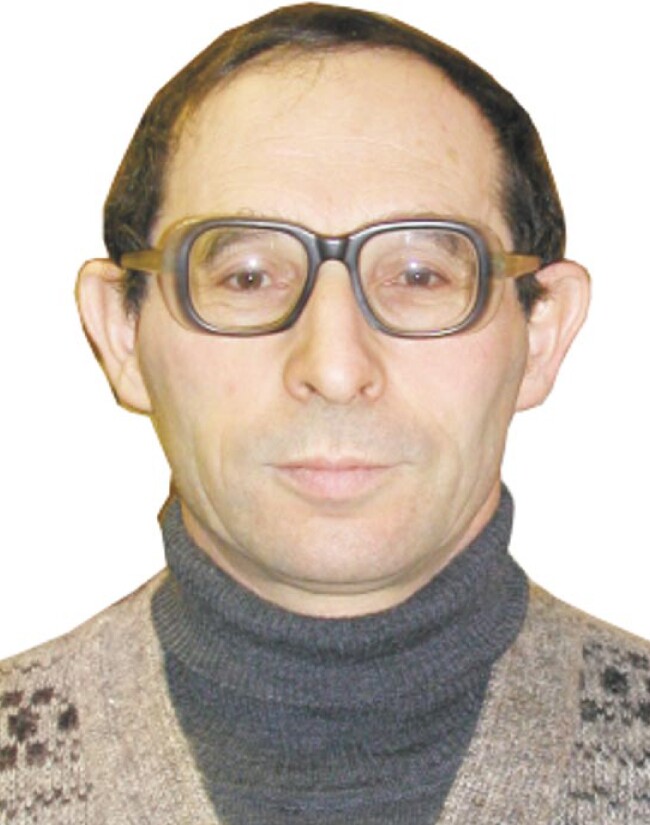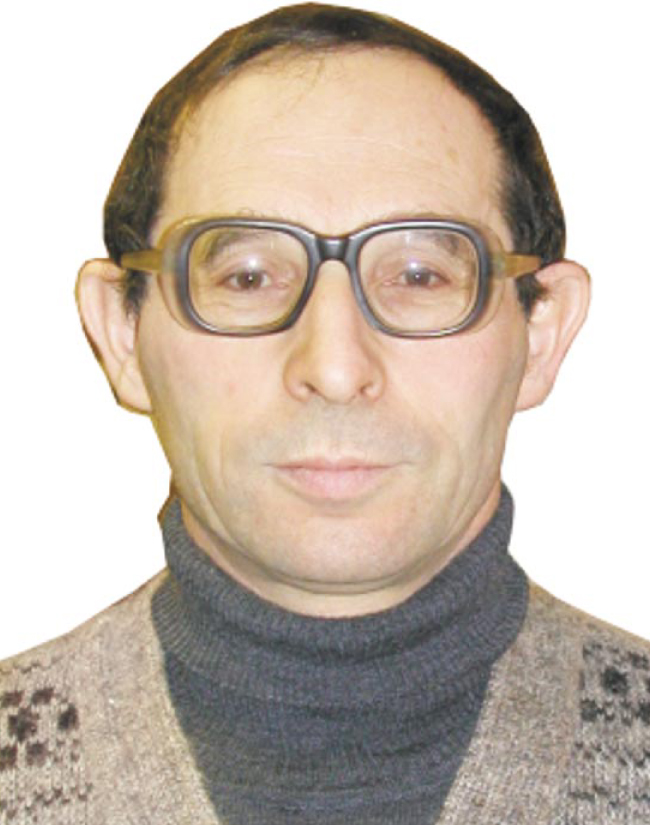Leonid Yakovlevich Margolin
DOI: 10.1063/1.1564364
Leonid Yakovlevich Margolin died senselessly under questionable circumstances on 1 August 2002 while on his summer vacation outside Moscow.
Margolin was born on 22 November 1949 in Moscow. He graduated in 1972 from the Moscow Physics and Technology Institute with an MS in physics and started his scientific career at the Institute of Solid State Physics of the Russian Academy of Sciences. After one year, he joined the academy’s Institute for High Temperatures, where, for almost 30 years, he worked in the pulsed plasmas department headed by Lev Pyatnitsky, who had been his scientific teacher and adviser.
During 1973–78, Margolin developed a new method for measuring dense anisotropic plasmas based on the polarization characteristics of scattered laser radiation. His research became the basis for his PhD thesis, which he successfully defended in 1979. For several years afterward, he was dedicated to refining his method and testing it on different plasma objects, including gas discharges, products of electrode erosion, and magnetohydrodynamic generators.
In 1985, he joined his friend Leonid Polonskiy, also in the pulsed plasmas department, in a project to study continuous extended laser sparks (CELS), a novel optical discharge created with high-intensity optical Bessel beams. The unique property of Bessel beams is the use of a side supply of power to automatically compensate for intensity reduction by diffraction. As result, the beam has a constant caustic diameter and seems “diffraction-free,” although, of course, diffraction still occurs. Compared to other types of laser-driven discharges, Bessel beams form very long, continuous plasma channels that can be used in fast electrical switching, plasma-based lasers, the transport of charged particle and light beams, and other applications. CELS up to 1 m long were generated in many gases and liquids.
In 1991, Margolin became the leader of that project and expanded the research to Bessel beams of high orders (tubular laser beams) to allow for the generation of tubular plasma channels. He pioneered the development of special kinoform lenses to generate those beams. During the summers of 1998 and 2000 at the University of Maryland, College Park, in a productive research collaboration that also involved Pyatnitsky, he produced rapidly evolving tubular plasma channels and measured them using picosecond and femtosecond diagnostic laser pulses. Margolin’s laboratory skill, energy, and infectious enthusiasm made a lasting impression on all who worked with him at Maryland.
Margolin’s studies of high-order Bessel beams and their application to the generation of tubular plasma channels allowed him to prepare for submission a thesis for the Doctor of Science, which, in Russia, is the next level after the PhD. He had planned to submit it in early 2003. Despite difficult times for Russian science and a constant scramble to make ends meet, Margolin maintained energetic devotion to his research. He had begun to work on a complex theory of optical breakdown in high-order Bessel beams, but that work was interrupted by his tragic death.
Margolin’s father, a veteran of World War II, raised his children to be honest, hard working, and persistent. Strong and optimistic despite numerous difficulties and obstacles, Margolin was an unusually warm and empathetic person who had many friends. He was an enthusiastic outdoorsman and loved long, difficult hiking trips. He built a wonderful country house for his wife and two children and grew vegetables and fruits, which the family ate to tide them over during the winter months in Moscow. His death is an irreplaceable loss not only for his relatives and friends, but also for Russian science.


More about the Authors
Howard Milchberg. University of Maryland, College Park, US .




